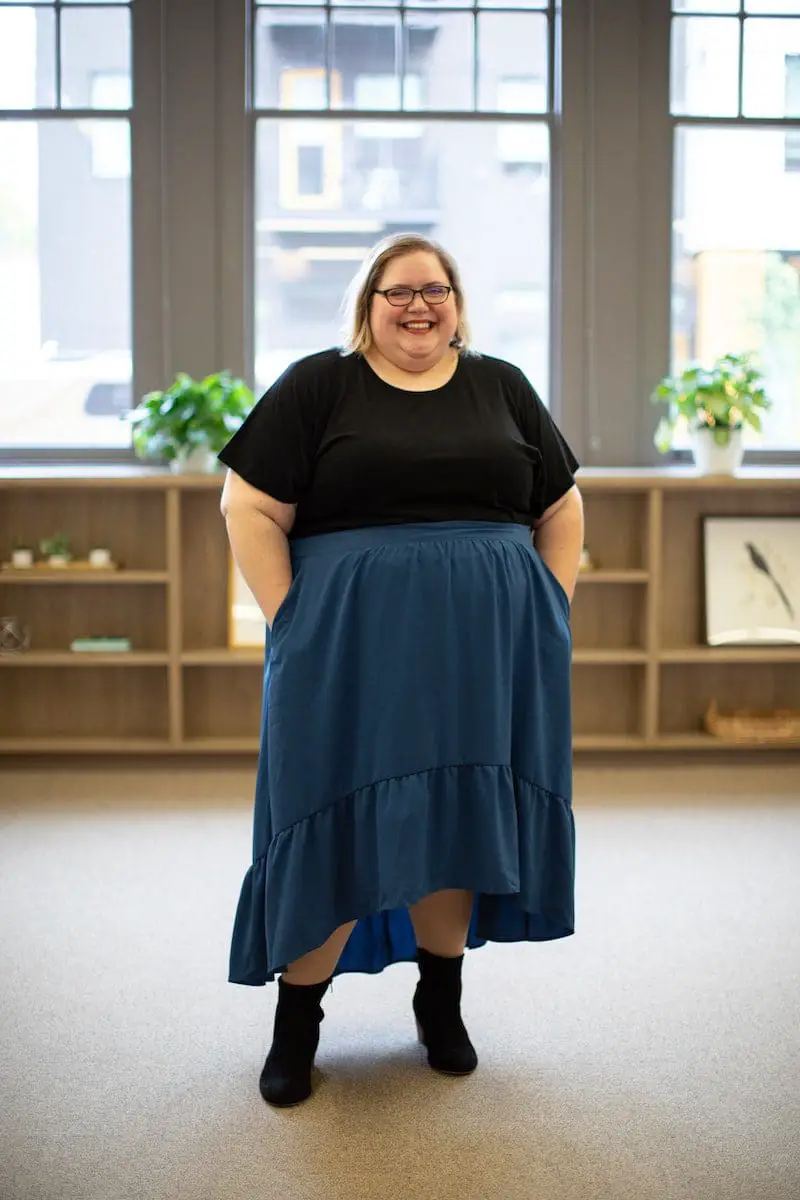At the dawn of the 19th century, Lambert Adolphe Jacques Quetelet ushered in the concept of BMI. BMI is Body Mass Index, weight to height ratio.
Obesity and morbid obesity centre around BMI. Jeffery Friedman gave us insight into the genetic framework of obesity in the 1990s.
Key Takeaways
- Obesity is a medical condition characterized by excessive body fat, while morbid obesity is more severe, causing significant health risks.
- A Body Mass Index (BMI) of 30 to 34.9 classifies as obesity, but a BMI of 40 or higher indicates morbid obesity.
- Morbid obesity can lead to life-threatening health conditions, such as type 2 diabetes, heart disease, and certain cancers, compared to obesity, which poses fewer immediate risks.
Obesity vs Morbid Obesity
Obesity is a lifestyle disorder characterised by a high body fat percentage and a body mass index of 30-39. It is caused as the result of lifestyle and genetic factors where excess calories are consumed with low energy expenditure. Morbid obesity is a fatal lifestyle disorder characterised by a body mass index over 40. It increases the risk of death, heart disease and breathlessness.

The imbalance in calorie intake and expenditure results in obesity. When our body spends less energy than we consume, it deposits in the body as fat.
Excess fat accumulation leads to obesity.
Obesity has statistically increased over the last few years. The increase in the number was shocking. More than a million people fall under the trap of obesity.
It results from genetic and other factors that have been elaborately discussed throughout the article.
Morbid obesity is the stage after obesity. It is the worst state of an obese person. It gets harder as the BMI reaches 40 and more.
Our movements become restricted.
We lose the balance of our system. People with morbid obesity are believed to be at a higher risk of health issues. Professionals came out with surgery that can initiate fat loss.
There are no proven methods to cure morbid obesity. Thus, this has acquired the term chronic.
Weight loss drugs are available in the market that give the desired result. None of them is encouraged without any advice from experts.
Comparison Table
| Parameters Of Comparison | Obesity | Morbid Obesity |
|---|---|---|
| Illustration | Steep acceleration in body weight resulting in BMI above 30. | The sharp increase in fat percentage and BMI above 40. |
| BMI | Ranges from 30 to 39 | Above 40 |
| Fatality rate | The risk factor is comparatively low | Highly fatal, evidence of uncertain cardiac arrest. |
| Metabolism | The low range of motion in activities. High BMR. | Least range of motion, more difficulty in constant intake of breath. Higher BMR. |
| Treatment | Adapting healthy lifestyle, including physical activity | Undergoes surgery (bariatric), weight loss drugs. |
What is Obesity?
Obesity is a stage of acute fat storage in our body and excessive weight. An obese person has a BMI above 30.
When the body fat percentage goes ahead of 20 percent, a person undergoes obesity.
Some of the evident factors are as follows
- Genetics
- Metabolism
- Lifestyle
- Environment
- Psychological factors
Leptin, a hormone extracted by the fat cells, is found more in an obese person.
An obese man is prone to the diseases listed below
- Pulmonary disease
- Non-alcoholic fatty liver disease
- Gall bladder disease
- Gynaecological disease
- Osteoarthritis
- Skin
- Gout
- Idiopathic intracranial hypertension
- Coronary heart disease
- cancer
Obesity is treated with strict lifestyle adaptation and application. There are a few ways, as mentioned down
- Abiding by a balanced diet: No fad diets, educating oneself about your own body through trial and error. Knowing what works for our metabolism and adapting a diet plan accordingly. Consult a professional.
- Physical activities: HIIT (High-Intensity Interval Training), LIIT (Low-Intensity Interval Training), yoga, aerobics, strength training, etc.
- Weight loss drugs.
- Surgery.
Statistics depict 42.4% of obesity in the United States among adults. Men and women have fallen into this category. The survey was initiated in the year 2017- 18.
The results have surpassed the analytics of 1999 -2000. Individuals aged 20 and above fall under the category.

What is Morbid Obesity?
An obese person has a certain range of BMI; individuals exceeding the range fall under morbid obesity. They have a BMI above 40.
J. J. Payne and DeWind presented the name ‘morbid obesity. It was in 1963.
A person weighing 100 pounds more than a normal individual has morbid obesity. Morbid obesity is the advanced stage of obesity, and the mortality rate is higher than that of an obese person.
Eating disorders, mental imbalances, genetic mutations, and our surroundings are responsible for morbid obesity.
Continuous stress tears down the cardiac system and results in uncertain cardiac arrest. Aches in joints, lack of breath, and the challenge in the movement are acknowledged.
Few weight loss drugs
- Xenical
- Qsymia
- Saxenda
- Belviq
- Contrave
These are the basic names of some weight loss drugs, and they are not addressed for your use without any professional advice.
Endoscopic gastric balloon placement, new technology to treat an obese person. Once you are aware of the surgery and the consequences, you are decent to make a decision.
Morbid obesity constitutes 9.2% of the adult population in the United States. Women were larger in number in the survey.
The maximum-to-minimum ratio was 59 to 40. The survey took place in the year 2017- 18.

Main Differences Between Obesity and Morbid Obesity
- The body mass index (BMI) lies between 30 to 39 in an obese person. Morbid obesity has a BMI of as much as 40 and above.
- An obese person has a high BMR. An individual with morbid obesity has a higher BMR.
- We can check obesity with adequate lifestyle changes, moderate activities, and medical consultants. Morbid obesity requires bariatric surgery or weight loss drugs.
- An obese person undergoes challenges in freedom of movement. Morbid obesity causes stress on the heart and leads to heart- attacks.
- A person suffering from this chronic disease (morbid obesity) has a higher rate of mortality.

- https://onlinelibrary.wiley.com/doi/abs/10.1002/bdra.20620
- https://www.thieme-connect.com/products/ejournals/html/10.1055/s-0033-1341407

The discussion on the associated health risks helps to highlight the seriousness of both obesity and morbid obesity. This is crucial information for everyone.
The statistics provided are quite alarming and should serve as a wake-up call for society at large to address the issue of obesity more seriously.
The prevalence of morbid obesity demands further attention to develop comprehensive strategies for prevention and holistic treatment.
Obesity is a serious public health issue, and it’s important to increase awareness about the risks and preventive measures. This article does an excellent job of outlining the differences between obesity and morbid obesity.
The potential risks associated with morbid obesity underline the urgent need for comprehensive interventions and support systems for affected individuals.
The connection between obesity, lifestyle, and genetic factors is an intricate domain that requires continuous research and exploration for effective management.
Understanding the differences between obesity and morbid obesity is crucial for healthcare professionals to provide tailored care and support to those affected.
The genetic and environmental factors contributing to obesity and morbid obesity need to be further addressed. More scientific research could provide valuable insights into prevention and treatment.
While the article provides valuable information, it would be beneficial to explore the psychological and emotional impact of obesity and morbid obesity on individuals.
It’s essential to tackle these issues with sensitivity and understanding, considering the mental and emotional well-being of those affected.
It’s fundamental to analyze our lifestyle and make the necessary changes to avoid falling into either extreme. The information provided is extremely useful and an eye-opener for many.
The comparison table offers a concise overview of the key differences between obesity and morbid obesity. This article is a valuable resource for understanding these conditions.
It’s clear that a collaborative effort between medical professionals and individuals is essential to effectively manage obesity and morbid obesity.